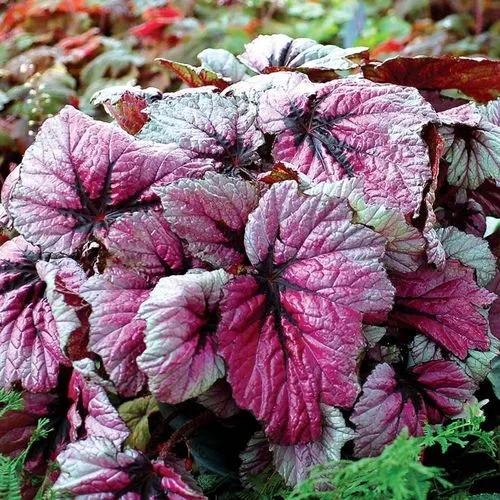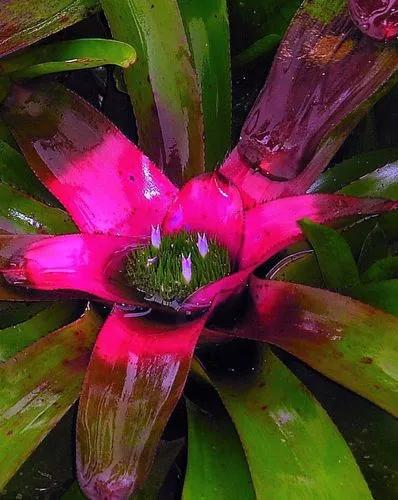Calathea makoyana is a genus of flowering plants in the Marantaceae family. Although native to the state of Espírito Santo in eastern Brazil, this greenie is cultivated as an ornamental houseplant all over the world. It will become an excellent decoration of your home due to its original color and unpretentiousness in care.
Calathea Peacock Care
Calathea makoyana
Other names: Goeppertia Makoyana



This species is rather compact, usually growing up to 20 inches (50 cm) in height. Long, pubescent petioles bear one leaf each. The leaf blades can be thin, glossy, oval, or elliptical in shape with a pointed tip. They boast patterns of spots and stripes of different sizes, shapes, and shades. The ornament also appears on the back burgundy-purple side. During the flowering period, a short sprout with an inflorescence appears. The flowers are small and white in color. If grown indoors, Calathea blooms very rarely.
How to Care for the Plant

Water

Calathea needs abundant watering from spring to autumn. Use settled fluoride-free tepid water. In the colder season, you can increase the interval between waterings while reducing the amount of liquid. Avoid drying or waterlogging the soil (this can lead to root rot).

Pruning

Calathea makoyana does not need special pruning. However, you can trim out dead and damaged leaves at any time, pinching off or cutting off each of those leaves at its base. Avoid cutting into the main stems or the plant's crown, where its leaves and roots meet.

Fertilizer

You can use liquid fertilizers designed for foliage plants. An excess of macro- and microelements can harm Calathea makoyana, so it is better to reduce the recommended dose. Feed your green pet from spring to fall twice a month. If you want the leaves to become more saturated in color, you can nourish your Peacock plant with nitrogen and iron-containing fertilizer.

Sunlight

Partial shade with diffused light is the best choice. We also recommend providing your Calathea with artificial lighting in the autumn-winter months.

Soil

The Peacock plant grows well in slightly acidic, light, nutritious, and loose soil. You can use a ready-made mixture for arrowroot or azalea, diluting it with perlite or vermiculite. Alternatively, you can prepare the substrate yourself by mixing leaf soil, peat, and sand in a ratio of 2:1:1. You may also add a few pieces of charcoal to the mix.

Propagation

You may propagate your greenie during a spring transplant. The easiest way is division. Divide a healthy plant with a sharp knife into parts so that each receives roots and two or three leaves. Treat the cuts with a fungicide. Provide new plants with high humidity, warmth, and light shade.

Temperature

Calathea makoyana is a thermophilic plant. It reacts negatively to sudden changes in air temperature. In winter, the plant does well at 64ºF (18ºC). In summer, the temperature should stay at 77ºF (25ºC) degrees.

Container

Young Calatheas require annual repotting. You can also repot mature plants every 3-4 years. The dimensions of the new pot should be slightly larger than the previous one. Choose wide and shallow pots. Do not forget to ensure your container has drainage!

Fun fact

Calathea makoyana belongs to "prayer plants" (a group of plants that raise and close their leaves at night, which resembles a praying person).

Popularity

22,259 people already have this plant 4,248 people have added this plant to their wishlists
Discover more plants with the list below
Popular articles






